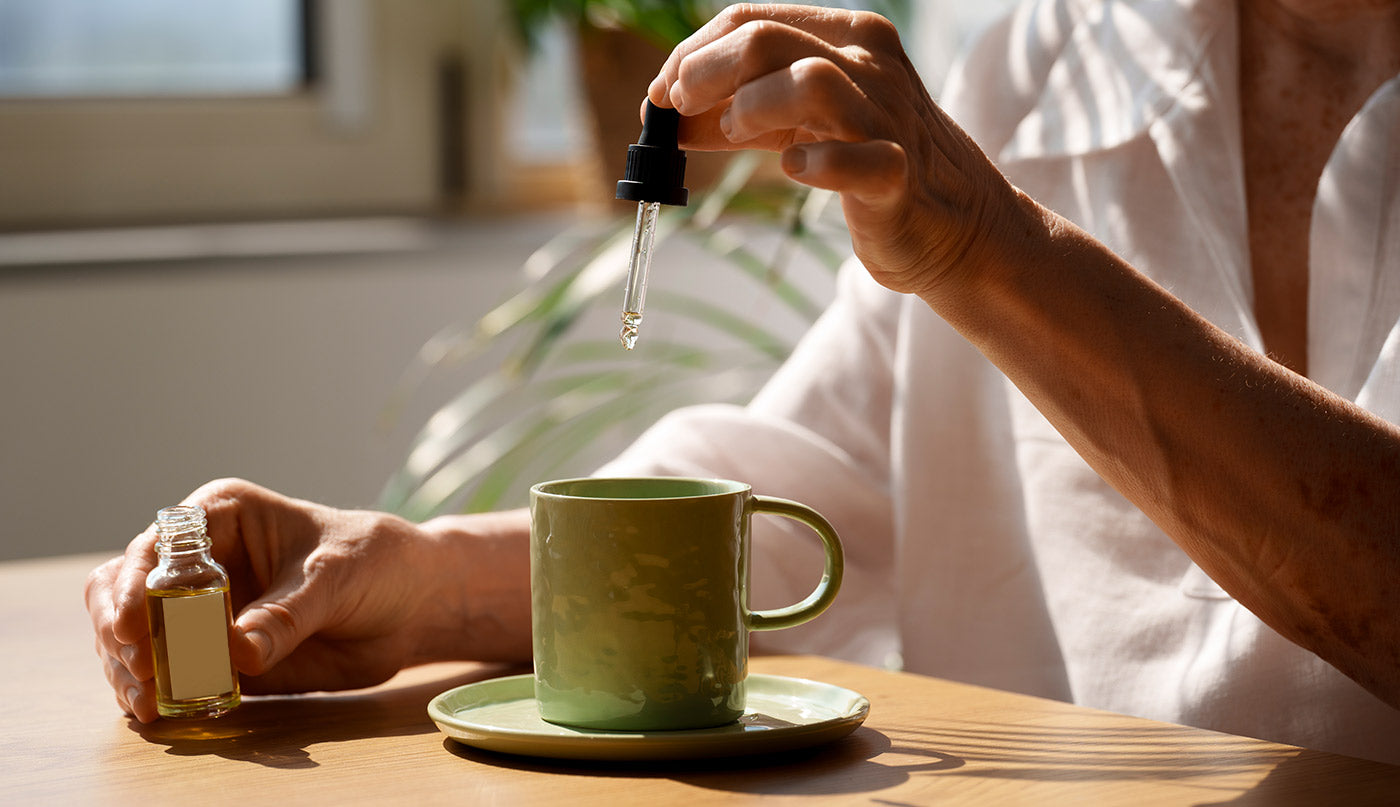Cycle-related discomfort can show up as cramps, lower-back ache, bloating, or pelvic floor tension. The strategies below are practical and commonly used; discuss anything new with your clinician.
Heat, movement & positions
- Heat therapy: Use a heat pack on the lower abdomen or back for ~20 minutes on/off. A warm bath or shower can also be soothing.
- Gentle movement: Try a 10 - 20-minute walk, hip-opening stretches, child’s pose, or knees-to-chest to ease stiffness.
- Restorative positions: Lie on your side with a pillow between knees, or on your back with calves on a chair to relax the lower back.
TENS & simple tools
- TENS unit: Over-the-counter devices placed on the lower abdomen/back are used by some for comfort. Avoid during pregnancy and check with a clinician if you have a pacemaker or medical implants.
- Warmth + breath: Combine heat with slow nasal breathing (in 4 counts, out 6–8) to reduce muscle guarding.
Pelvic floor awareness
- Relaxation matters: If you tend to clench when in pain, practice pelvic floor down-training (gentle belly breathing while visualising the pelvic floor softening).
- Physiotherapy: A pelvic health physio can tailor relaxation vs. strengthening strategies and teach comfortable toileting posture.
Comfort care & daily habits
- Hydration & warm drinks: Sip water throughout the day; some people enjoy ginger or chamomile tea. (Avoid peppermint if it worsens reflux.)
- Regular meals: Protein + fibre helps keep energy and digestion steady.
- Sleep support: A consistent routine and a warm shower before bed may help you settle during heavier days.
Intimacy & lubrication
- Lubricants: Choose water- or silicone-based options; check condom compatibility. Non-hormonal vaginal moisturisers may support everyday comfort.
- Consent to pace: It’s fine to skip intimacy during painful days. If pain is frequent, consider a review with your GP or pelvic health clinician.
Tracking your cycle
Note cycle length, flow, pain pattern, mood, bowel/bladder changes, and triggers (sleep, stress, caffeine). Trends help your clinician tailor support.
When to seek care
- Severe pain that disrupts daily life or doesn’t respond to simple measures.
- New pain, pain with fever, very heavy bleeding, bleeding between periods, or pain with sex or bowel movements.
- Symptoms that persist or worry you, book a medical review.
Safety & sensible use
- This article is educational and makes no claims of effectiveness.
- Before adding new therapies, devices, or supplements, consult your clinician - interactions and contraindications are possible.
- If you are pregnant or breastfeeding, seek specific medical advice before trying new measures.
Learn more: Women’s Health: Natural Relief with CBD and THC



